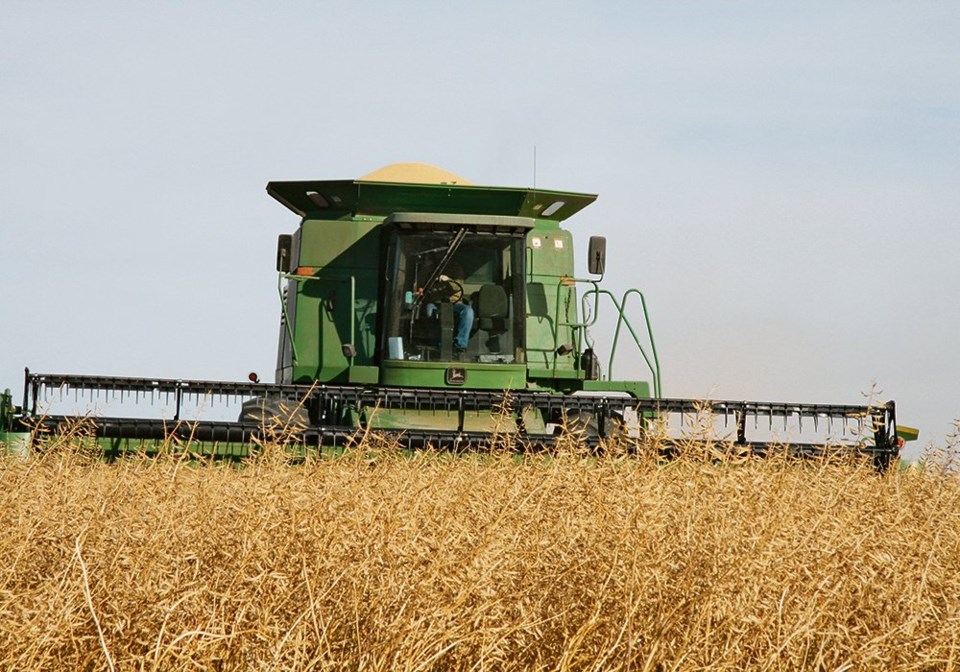WESTERN PRODUCER — Numbers matter in the special crops world — a lot.
That was clear at the Canadian Pulse and Special Crops Conference, in which longstanding unhappiness with Statistics Canada’s data on a number of crops kept bubbling to the surface.
“I’ve never agreed with StatsCan carry-over numbers on the small crops,” said Kevin Dick, president of AC Trading.
Complaints about the agency’s numbers on mustard, dry beans, canaryseed and other small acre crops popped up in presentations and panel discussions throughout the day-and-a-half conference, which drew participants from across Canada and from 21 other countries.
Leading pulse industry analysts attempted to explain how they feel the numbers can best be handled and how they compensate for the weakness in the official numbers.
“It’s interesting how they do it (and) why they do it,” said LeftField Commodity Research founder Chuck Penner, about why Statistics Canada adds stocks to previous years’ numbers in crops such as chickpeas.
“It’s essentially because there aren’t enough chickpea supplies on paper to make exports work, to make reasonable ending stocks (estimates) work, so they added those.”
Marlene Boersch, co-founder of Mercantile Consulting Venture, said StatCan’s small crops numbers are rife with uncertainty, which she thinks comes from the federal agency having too few resources to provide sufficient data.
“I think it’s a question of taking them seriously,” said Boersch.
“You have to create an environment that says it’s very important.”
She believes that while on-field production numbers will always be a challenge because of the nature of the small crops, export statistics shouldn’t be impossible to make accurate.
“It’s a due diligence question,” said Boersch.
“At least on those numbers, where we should have records, we should be able to believe those and take them seriously.”
Special crops can see wild swings in acreage with price volatility causing some farmers to jump in and leap out of various crops.
For example, mustard can see enormous swings in production and prices. In 2003, acres hit almost 350,000 acres but fell to slightly more than 100,000 three years later. In 2020, mustard acres were again about 100,000, but shot up to more than 250,000 in 2023.
Some special crop growers are committed to rotations and provide a base of production the trade relies upon, but many farmers will throw in a quarter-section if the prices and market outlook are good. Figuring out who is growing what in any given summer provides analysts and traders with endless work.
Some supplies will always be murky, especially in easy-to-store crops such as canaryseed.
“Sometimes they do forget they have canaryseed,” said one analyst in a panel discussion.
Traders for a number of commodities said they rely upon farmer, seed supplier and agriculture industry contacts to get a truer sense of acres, production prospects and crops in storage.
“When it gets down to the nitty gritty, you’re going to have to do your due diligence, you’re going to have to look at everything you can, and trust the suppliers you’re working with are giving you what they feel are accurate,” said Dick.
Related
About the Author




